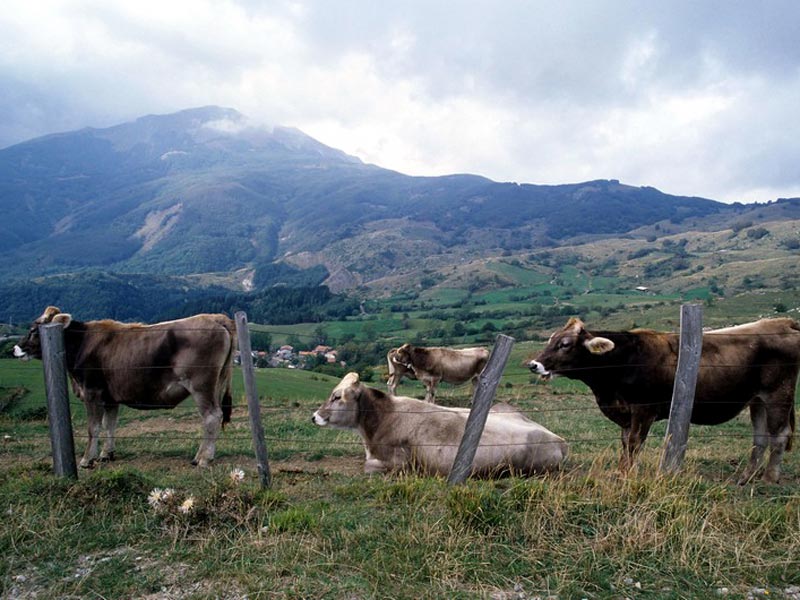Angela
Elite member
- Messages
- 21,823
- Reaction score
- 12,329
- Points
- 113
- Ethnic group
- Italian
The article is in a 2014 book on Irish Archaeology (the Bronze Age is also covered). This is the link:
https://www.academia.edu/10191058/Milk_and_molecules_secrets_from_prehistoric_pottery
The main gist of the article is that:
"In other words, dairying was not a farming practice ‘discovered’ or developed at a later, more advanced stage of agricultural development, what has been referred to as the ‘Secondary Products Revolution’ (e.g. Sherratt 1981). In Ireland, as far as we can tell, dairying was present from the beginning of the Neolithic (around 3800 BC). Secondly, the ruminant animals that provided this milk—cattle, sheep or goats, or perhaps a combination of all three—were non-native species prior to the Neolithic. They would have had to have been physically shipped, a few animals at a time, over the sea to Ireland.)
This would seem to call into question the idea that it was dairying which gave the later Indo-European migrants into the British Isles an advantage.
https://www.academia.edu/10191058/Milk_and_molecules_secrets_from_prehistoric_pottery
The main gist of the article is that:
"In other words, dairying was not a farming practice ‘discovered’ or developed at a later, more advanced stage of agricultural development, what has been referred to as the ‘Secondary Products Revolution’ (e.g. Sherratt 1981). In Ireland, as far as we can tell, dairying was present from the beginning of the Neolithic (around 3800 BC). Secondly, the ruminant animals that provided this milk—cattle, sheep or goats, or perhaps a combination of all three—were non-native species prior to the Neolithic. They would have had to have been physically shipped, a few animals at a time, over the sea to Ireland.)
This would seem to call into question the idea that it was dairying which gave the later Indo-European migrants into the British Isles an advantage.



